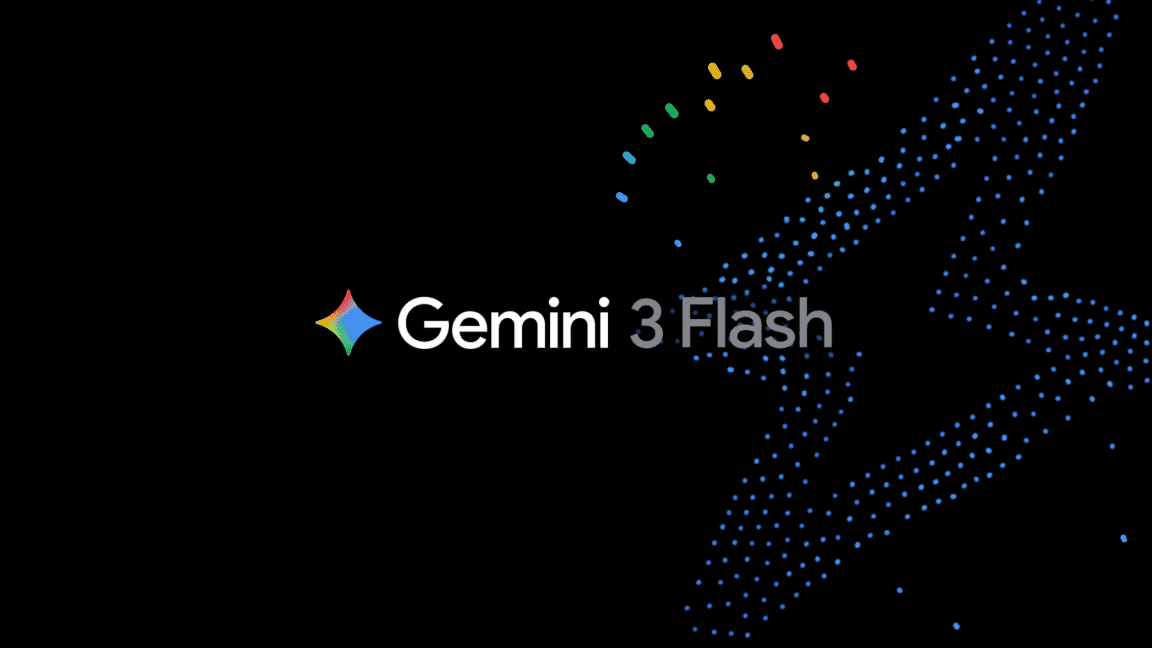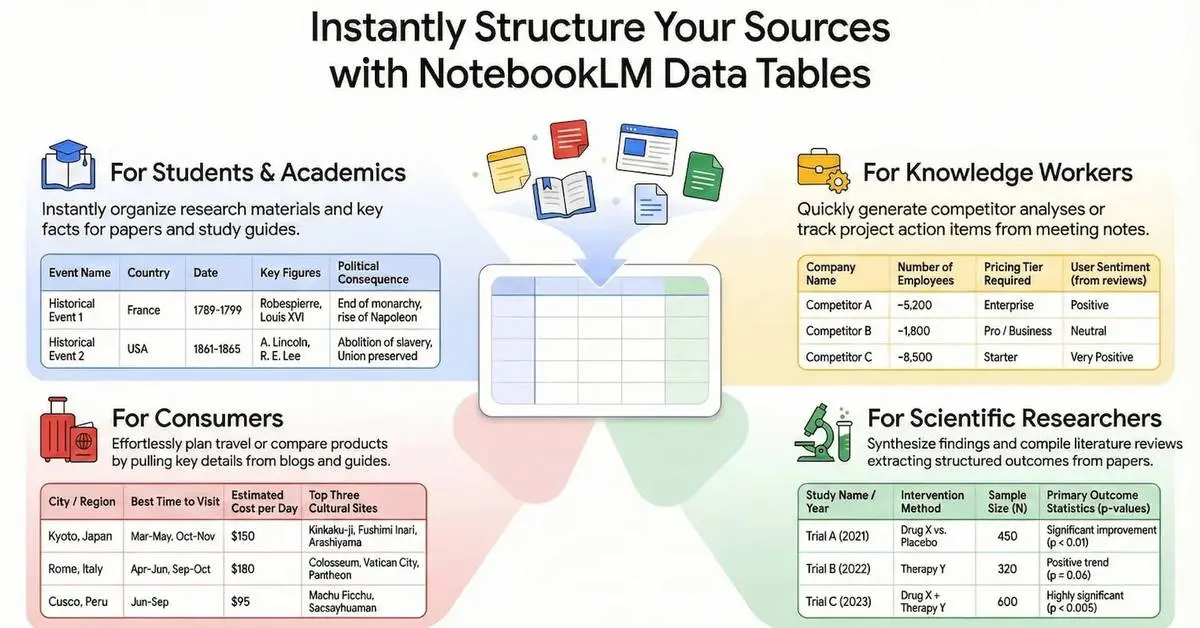AgiBot Unveils World's Largest Humanoid Robot Training Dataset
3 Sources
3 Sources
[1]
AgiBot unveils world's largest humanoid robot training dataset
The dataset covers challenging tasks spanning over 100 replicated real-life scenarios across five major industries. Chinese robotics player AgiBot has unveiled by far the largest humanoid manipulation dataset, aiming to advance AI robot training. Named the AgiBot World Alpha, the model features 1 million plus trajectories from 100 robots, spanning 100+ scenarios across five domains to tackle manipulation, tool use, and collaboration. The ecosystem offers a dataset, foundational models, standardized benchmarks, and a collaborative framework to democratize access to quality robotic data. The dataset is freely available to AI humanoid developers.
[2]
China's AgiBot releases large-scale humanoid robot AI dataset for everyday activities - SiliconANGLE
China's AgiBot releases large-scale humanoid robot AI dataset for everyday activities AgiBot, or Zhiyuan Robotics, a Chinese robotics firm aimed at building and innovating humanoid robotics today announced it's releasing what it says is the largest robotic learning dataset for advancing artificial intelligence foundation models for human-like activities. Founded in 2023 by Peng Zhihui, the Shanghai-based startup competes with Tesla Inc. and Boston Dynamics Inc. in the race to build and deliver humanoid robots that can perform basic tasks similar to how humans can. For example, things such as folding clothing, organizing items, cleaning and doing laundry. "Most existing robot learning benchmarks struggle to address real-world challenges caused by low-quality data and limited sensing capabilities, typically limited to short-horizon tasks within controlled environments," the company said about the dataset. To address this problem AgiBot released a large-scale, open-source dataset called AgiBot World, which contains more than 1 million diverse training sets from 100 robots covering what the company says is an extremely diverse set of activities. The training set covers more than 100 real-world scenarios across five target domains, including fine-grained manipulation, tool usage and multi-robot collaboration. The data contained within includes 40% home-related tasks, 20% from restaurants, 20% industrial, 10% office work and 10% supermarket-related tasks. The company explained it trained robots in numerous fine-grained and long-term planning-oriented tasks including picking up, moving, opening, closing, stacking, turning and more in order to emulate human movements. Robots trained on the dataset can also readily collaborate with other human workers in group tasks, not just other robots. Compared to other open datasets, such as Google LLC's Open X-Embodiment, AgiBot said AgiBot World has 10 times more long-range navigational data and covers 100 times more scenarios for humanoid robots. It also used more real-world training in industrial-grade environments rather than data produced purely in a laboratory environment. To train humanoid robots, the source, accuracy and precision of data is paramount, especially regarding task-level data. Robotic AI can be trained using real-world data for handling numerous activities based on a number of sensors such as cameras, lidar, touch and more. This allows AI models to plan out motions based on what the robot can see and understand in its environment - however, the training set needs to be extremely comprehensive to cover many different objects, issues and cases. For example, AgiBot's training set includes data for allowing bots to put together a PC motherboard, move dishes in a sink and even work together with other humanoid bots to move a table across a room. The company has also built its own "data collection factory" where it gathers real-world data on various industry, domestic and everyday tasks using practical training. The company said that it can even provide enterprise-quality custom data on request for training and fine-tuning robotics AI models. Since its launch, AgiBot has introduced humanoid and wheeled robots designed for industrial and domestic applications.
[3]
This Robotics Firm Open Sourced Large Dataset to Train Humanoid Robots
AgiBot claimed that this dataset can help researchers in training robots AgiBot, a Chinese artificial intelligence (AI) and robotics firm open-sourced a massive dataset containing high-quality data on training humanoid robots on Monday. Dubbed AgiBot World Alpha, the dataset is said to be collected from more than 100 robots in real-life scenarios. The company stated that this dataset can help researchers and developers accelerate the training process of humanoid robots by using AI models to feed this information to specific robotics software. Notably, the dataset is currently being hosted on both GitHub and Hugging Face. In a press release, the company announced its decision to release AgiBot World. It is said to be a large-scale robotic learning dataset designed for multi-purpose humanoid robots. Apart from the dataset, the open-sourced system also includes foundational models, standardised benchmarks, and a framework to help researchers access the data. With the rise of generative AI, the robotics space has also witnessed a significant boost. While humanoid robotics hardware has existed for a long time, training these machines for tasks has been complicated. This is because the intelligent software that acts as the mind of the robot has to learn and understand different scenarios and how to navigate through them. This includes learning thousands of movements and combinations of movements and understanding when to apply which movement. Due to this, the training process used to be very slow and usually focused towards one specialised task instead of general-purpose movements. However, generative AI has given researchers the option to make the software more intelligent by using neural frameworks. This allows robots to understand the context of a situation and solve it by processing a large volume of information in near real-time. But this growth has also highlighted another gap in the robotics space -- the lack of high-quality data. The training process of robots typically takes place in controlled environments and in isolated areas to allow researchers to monitor the robots and make required changes. Due to this, training data involving real-world scenarios is scarce. The AgiBot World dataset fills this important gap. The company claimed that the open-source dataset includes more than one million trajectories from 100 robots. It also spans more than 100 real-world scenarios across five target domains. It also includes complex movements such as fine-grained manipulation, tool usage, and multi-robot collaboration. This dataset can be accessed from either AgiBot's GitHub listing or its Hugging Face page. However, the dataset is only available under the Creative Commons CC BY-NC-SA 4.0 licence, which allows for academic and research-related usage but does not permit commercial use cases.
Share
Share
Copy Link
Chinese robotics firm AgiBot has released AgiBot World Alpha, the largest open-source dataset for training humanoid robots, covering over 100 real-world scenarios across five major industries.

AgiBot Introduces Groundbreaking Humanoid Robot Dataset
Chinese robotics firm AgiBot has unveiled the world's largest humanoid robot training dataset, named AgiBot World Alpha. This groundbreaking release aims to accelerate the development of artificial intelligence (AI) foundation models for human-like activities in robotics
1
.Dataset Specifications and Coverage
AgiBot World Alpha boasts impressive statistics:
- Over 1 million diverse trajectories
- Data collected from 100 robots
- Spans more than 100 real-world scenarios
- Covers five major domains: home, restaurants, industrial, office, and supermarket tasks
2
The dataset focuses on complex movements and interactions, including:
- Fine-grained manipulation
- Tool usage
- Multi-robot collaboration
- Long-range navigation
Comparison to Existing Datasets
AgiBot claims that their dataset surpasses other open datasets in several aspects:
- 10 times more long-range navigational data than Google's Open X-Embodiment
- 100 times more scenarios for humanoid robots
- Greater emphasis on real-world training in industrial-grade environments
2
Data Collection and Training Environments
AgiBot has established a dedicated "data collection factory" to gather real-world data on various industry, domestic, and everyday tasks. This approach ensures practical training for robotics AI models across diverse scenarios, including:
- Assembling PC motherboards
- Handling dishes in a sink
- Collaborative tasks like moving furniture
2
Related Stories
Accessibility and Licensing
The AgiBot World Alpha dataset is freely available to AI humanoid developers and researchers. It can be accessed through:
- GitHub
- Hugging Face
However, it's important to note that the dataset is released under the Creative Commons CC BY-NC-SA 4.0 license, which permits academic and research-related usage but prohibits commercial applications
3
.Implications for Robotics and AI
This release addresses a significant gap in the robotics field – the scarcity of high-quality, real-world training data. By providing this comprehensive dataset, AgiBot aims to:
- Democratize access to quality robotic data
- Accelerate the development of more capable and versatile humanoid robots
- Enable AI models to plan motions based on environmental understanding
- Advance research in robotic learning and AI foundation models for human-like activities
3
As the field of robotics continues to evolve alongside advancements in generative AI, datasets like AgiBot World Alpha play a crucial role in bridging the gap between hardware capabilities and intelligent software, potentially revolutionizing the future of humanoid robotics.
References
Summarized by
Navi
[1]
[2]
Related Stories
Hugging Face Expands LeRobot Platform with Massive Self-Driving Dataset
12 Mar 2025•Technology

China Unveils First Humanoid Robot Training Base in Shanghai, Aiming to Train 1,000 Robots by 2027
23 Jan 2025•Technology

NVIDIA Unveils Advanced AI and Simulation Tools to Accelerate Robot Learning and Humanoid Development
07 Nov 2024•Technology

Recent Highlights
1
Google launches Gemini 3 Flash as default AI model, delivering speed with Pro-grade reasoning
Technology

2
OpenAI launches GPT Image 1.5 as AI image generator war with Google intensifies
Technology

3
OpenAI launches ChatGPT app store, opening doors for third-party developers to build AI-powered apps
Technology





